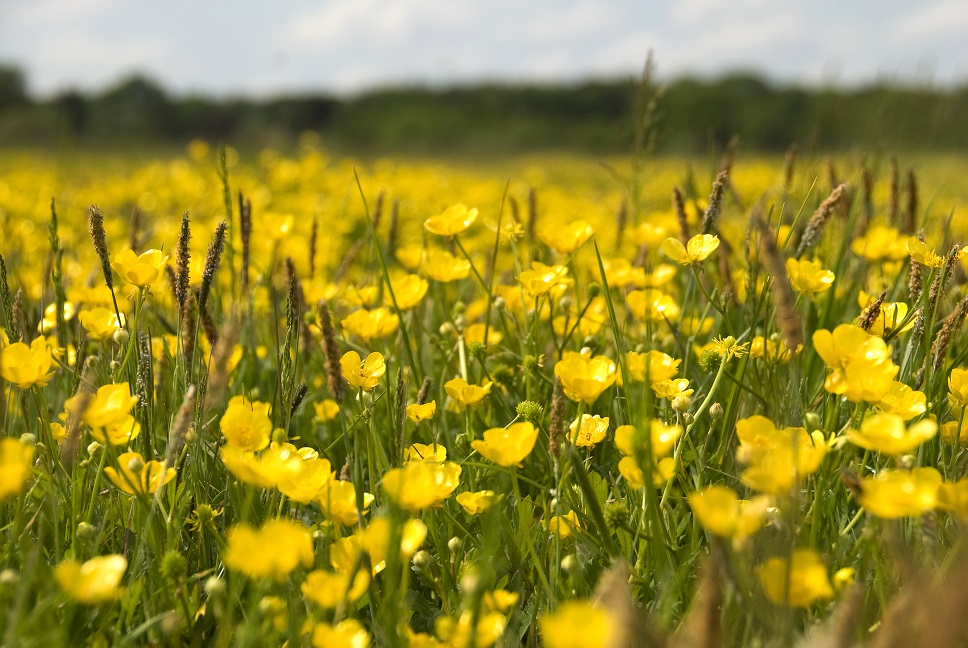Which plants are poisonous to equines?
We are now approaching the height of summer, and the hedgerows are in full bloom! You may have noticed a new array of plants appearing in your paddocks. While horses do benefit from consuming a wide range of forage, some plants can have a detrimental effect on your horse’s health and wellbeing.
In this blog, we will discuss how to recognise some dangerous plants so you can ensure that your horse’s grazing is risk free...
Ragwort
Ragwort is probably the most common poisonous plant you will find in your horse’s pasture; this is because it thrives in bare, damaged ground, a common feature in horse paddocks. It contains pyrrolizidine alkaloids, a toxic compound which can cause damage to the liver. Ragwort has a bitter taste so horses will mostly avoid it if they have other forage available, but it loses its strong taste when it is dried, so particular care should be taken to remove ragwort from crop and hay fields.
Ragwort should be pulled up from the roots as this prevents the plant from growing again. Cutting the plant stimulates growth and should be avoided where possible.
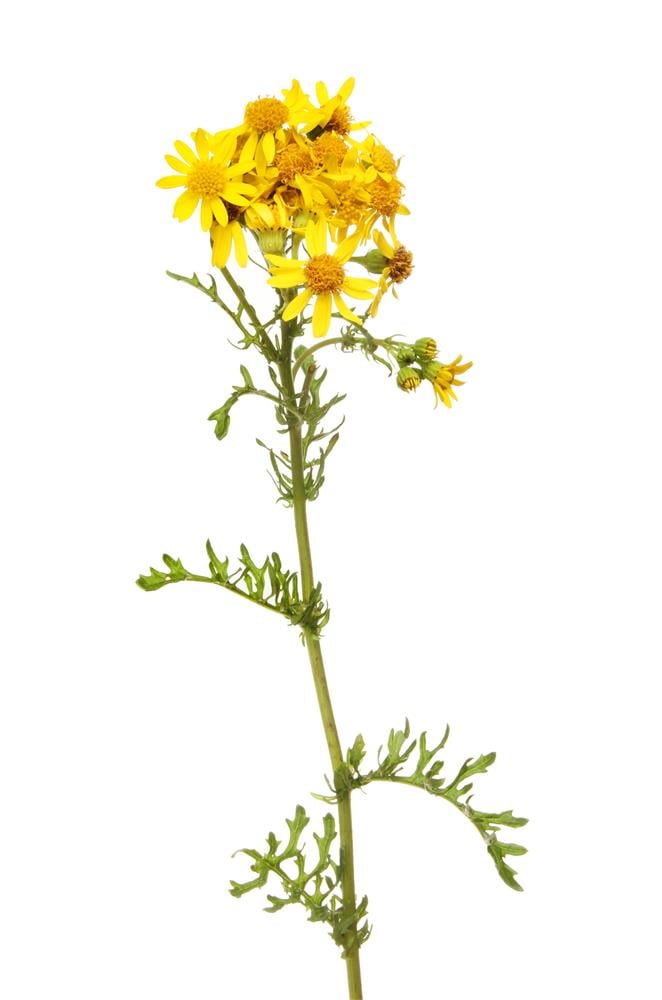
Sycamore
The seeds and saplings of sycamore trees contain an amino acid known as hypoglycin A. When ingested by the horse, it causes atypical myopathy.
It is best to avoid grazing horses near Sycamore trees, if this is unavoidable then removal of the tree may be necessary. Seeds are present in the autumn and saplings will often appear in the spring. Trees such as maple and acers also contain hypoglycin A so should be treated with caution.
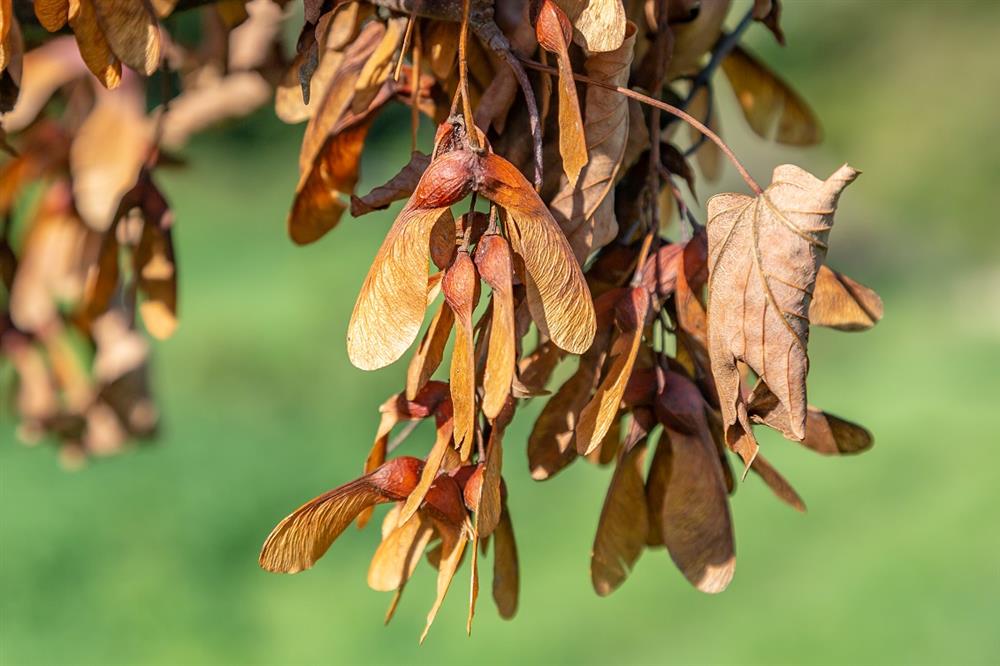
Acorns
In the autumn, Oak trees drop acorns which can be extremely palatable to some horses. Acorns contain a substance known as tannic acid which, if consumed in large amounts, can result in toxicity and acorn poisoning.
As acorns are only around during the autumn, acorns can be managed by fencing off oak trees and by removing the acorns when they fall.
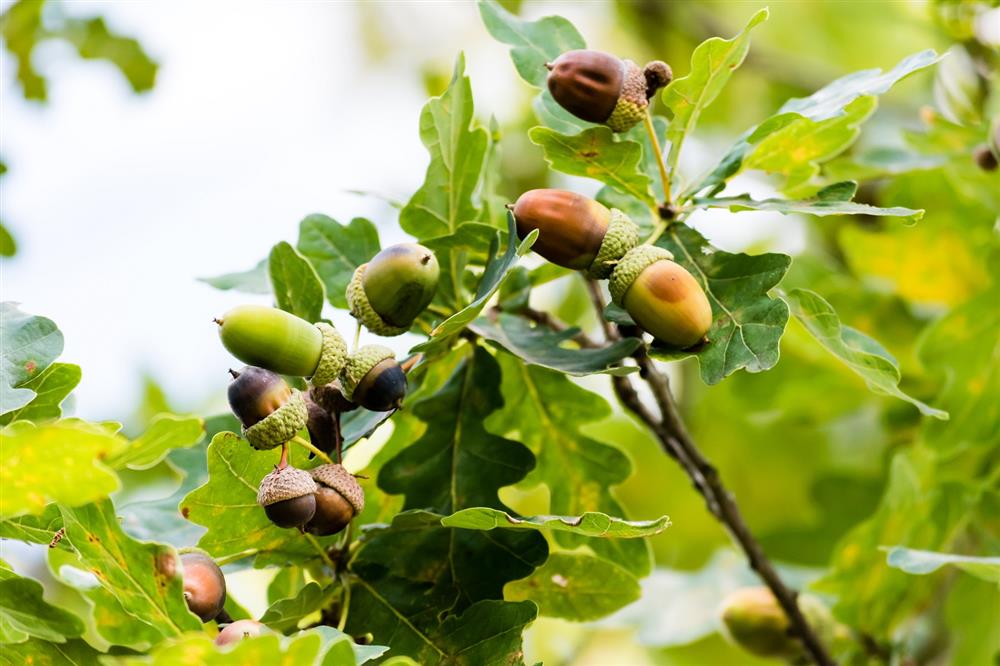
Foxglove
Foxglove is a very beautiful wildflower which can be seen between June and September but has no place in your horse’s pasture. Thankfully, they are not very palatable and will mostly be avoided by the horse. However, if dried into hay or haylage, they lose their bitter taste. The plant itself contains cardiac glycosides known as digoxin and digitoxin. These are often used in human medicine to manage heart conditions because they increase the force of the heart’s contractions which in-turn, increases the volume of blood pumped with each beat.
Removing Foxgloves from the root is the best way to ensure that the horse does not eat these plants by mistake, they should be burned or disposed of away from livestock to ensure that they are not accidentally consumed.
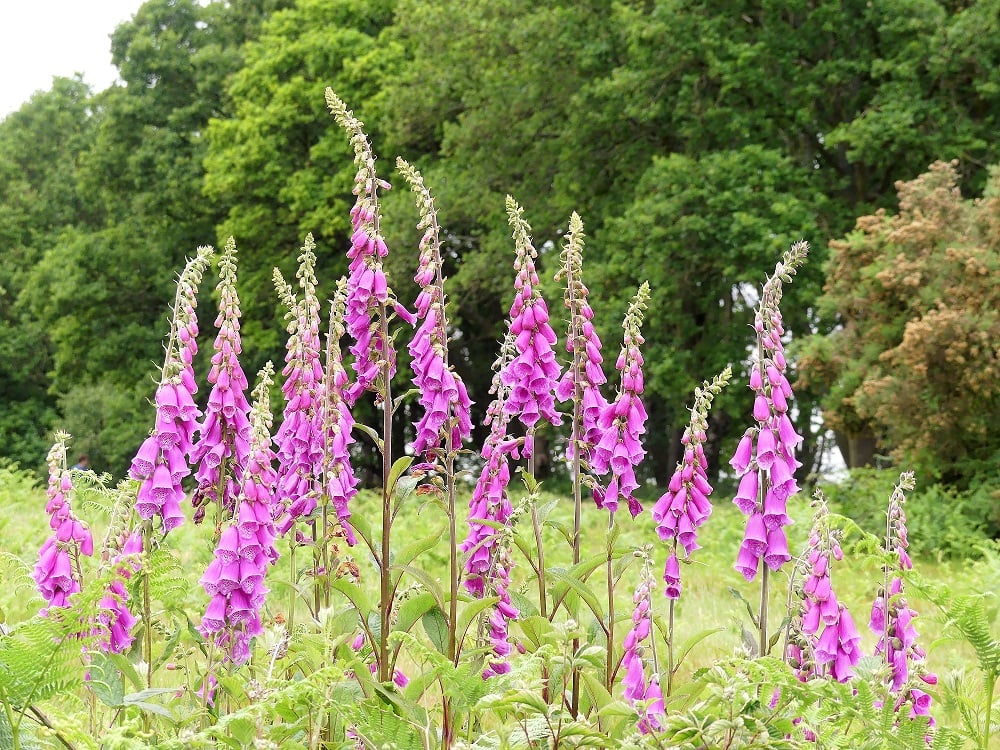
Poison Hemlock
Poison Hemlock can often be found in hedgerows, but this plant can be deadly if consumed by livestock. Hemlock contains substances known as piperidine alkaloids which cause the toxicity. However, due to the plant’s unpleasant taste, it is usually avoided by horses unless no other forage is available.
New plants begin to grow in the autumn. Toxicity levels increase after drying so it is extremely important to dispose of safely after uprooting.
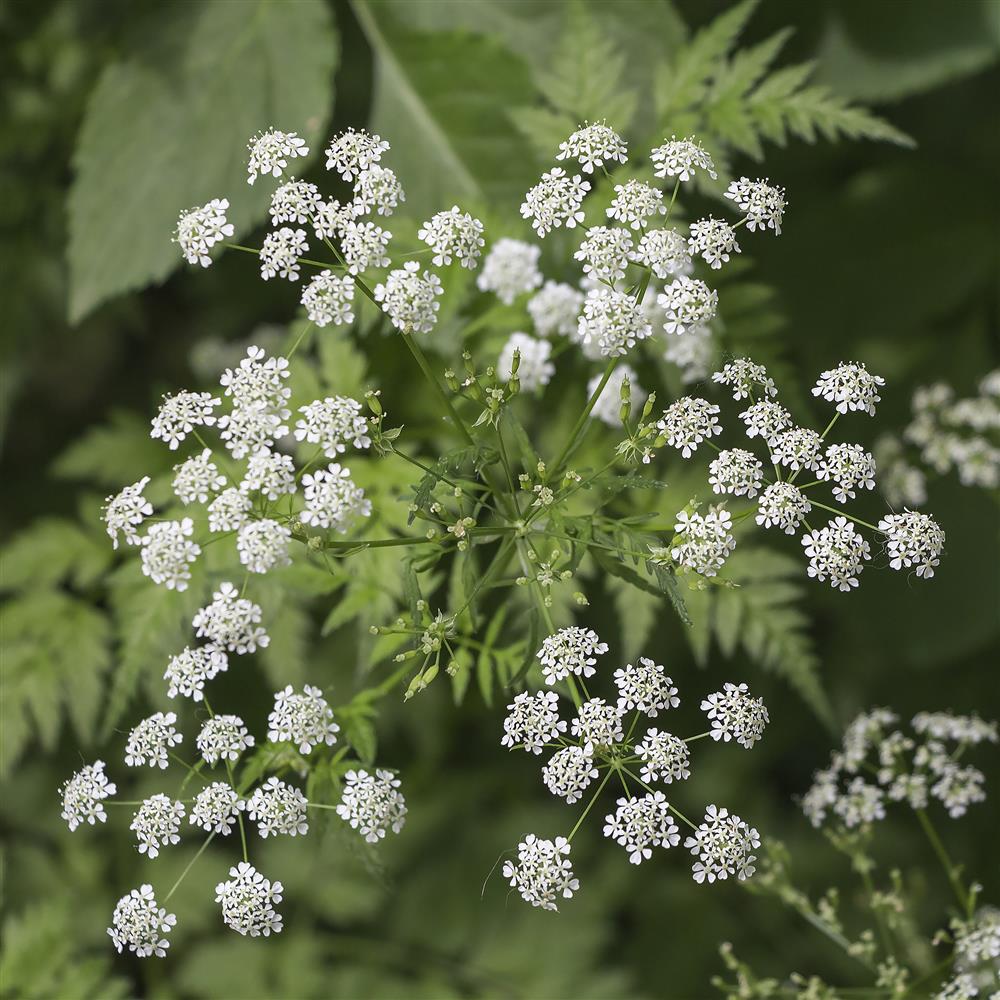
Buttercups
Buttercups are a pretty, bright yellow flower which is quite common in the UK. They are safe when dried in hay but, if eaten fresh, they can cause pain and blisters in the mouth as well as drooling, gastric ulcers, diarrhoea and even colic. This is caused by ranunculin found within the plant. Thanks to the unpleasant taste, horses tend to avoid them if other forage is available.
Over-grazed paddocks are the perfect environment for Buttercups. If buttercups are present in grazing paddocks they can be managed with the use of herbicides, this should be applied by an experienced professional.
